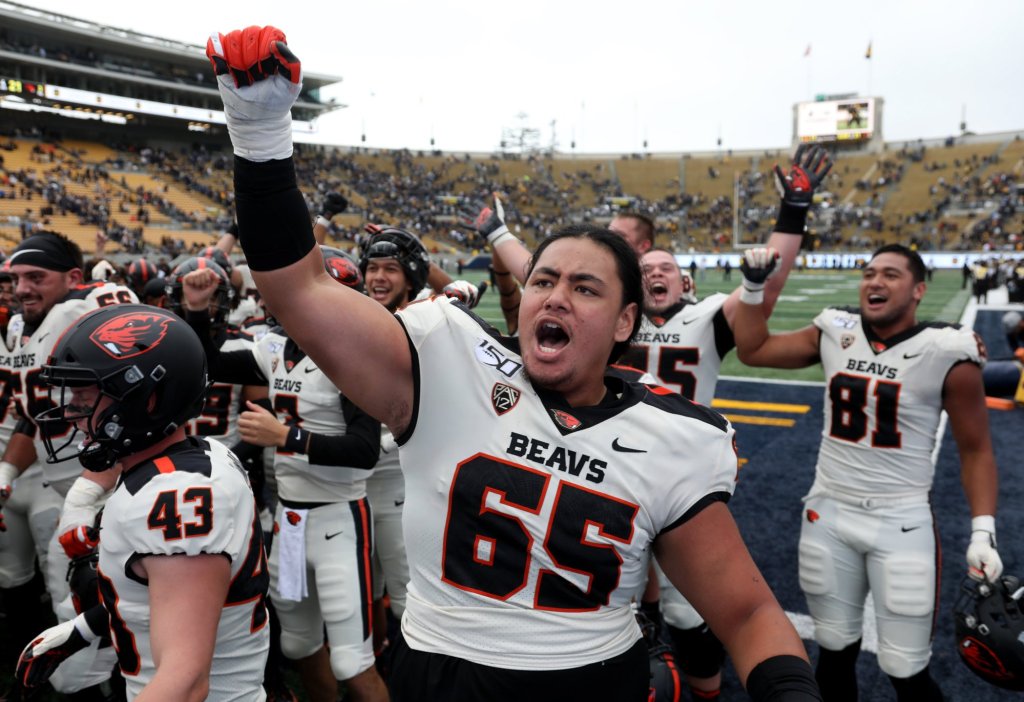It has been 21 weeks since they were completely abandoned, 21 weeks since Oregon State and Washington State became the last two, fighting for survival, revenue and relevance.
On Sept. 1, Stanford and Cal agreed to join the ACC, and the Pac-12 was reduced to a two-team conference starting next summer.
Since being cast adrift, the Beavers and Cougars have played their cards exactly right.
They took the conference and the 10 departing schools to court and won control of the governing board, the rights to the financial assets and help with liabilities.
They entered a football scheduling agreement with the Mountain West.
They did the same with the West Coast Conference for basketball and other sports.
They took the worst poker hand in the history of college sports and did not fold.
“They came out of this in as good of a position as anyone could have imagined,” said an industry source unaffiliated with WSU, OSU or the Pac-12.
But over these five roiling months, there is one thing the Beavers and Cougars did not do: They did not commit, to anything or anyone, beyond the next two seasons.
They are free to monitor the landscape, explore their options and prepare for multiple outcomes.
The NCAA grants a two-year waiver to conferences that have been whacked by realignment, allowing the OSU and WSU football programs to exist under the Pac-12 banner in the 2024-25 seasons.
Starting in the fall of 2026, the Beavers and Cougars must relocate or rebuild.
In the current environment, two-and-a-half years feels like a decade.
By 2026, the ACC or Big 12 might have determined its current structure is suboptimal.
By 2026, athletes might be deemed employees by the National Labor Relations Board.
By 2026, the power conferences might have lost a multi-billion-dollar antitrust lawsuit.
By 2026, the NCAA might have approved president Charlie Baker’s proposal to create a new football subdivision that requires an eight-figure commitment and divides the sport.
By 2026, the…
Read the full article here







